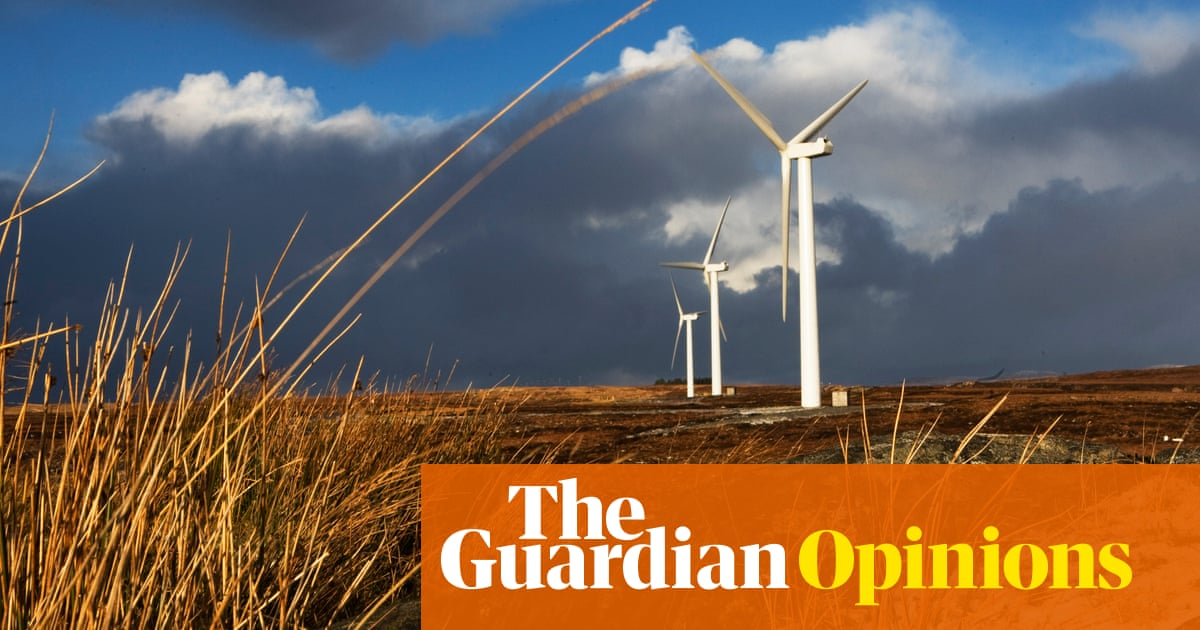Scottish households urged to cut water use as climate crisis limits supplies | Water

Scottish households are being urged to cut back heavily on their water use and instead treat it as a precious resource due to the growing threat to supplies from climate heating.
Alex Plant, the chief executive of Scottish Water, said the average Scot used 40% more water than consumers in Yorkshire, partly because there was a widespread but mistaken assumption that water was abundant in Scotland.
In fact, the country was on the brink of severe water shortages earlier this year after the driest spring since 1964 – an event Plant said was a taste of the extreme weather that will occur far more often in future.
In mid-May, a significant majority of Scotland’s rivers were rated at either “exceptionally” or “notably” low, while reservoirs were at 77% capacity – 13% below the normal level for spring.
Scotland already has a deficit of 60m litres a day during droughts, but by 2050, that deficit could hit 240m litres a day.
Scotland’s water and sewage services avoided the wholesale privatisation of water utilities in England in the late 1980s, which has since led to growing controversies over some owners piling on debt and failing to upgrade infrastructure while paying out shareholder dividends.
In an interview with the Guardian, Plant said that Scottish Water, which supplies nearly all Scotland’s homes and businesses, faced spending up to £50bn by 2050 to adapt the country’s water and sewage networks for the impacts of the climate crisis.
But significant voluntary action by consumers would cut that deficit and the £50bn bill, most of which would need to come from households and industry, because Scottish Water’s ability to borrow money is significantly constrained by its public ownership rules.
As the UK’s only state-owned water company, its customers are, in effect, its shareholders, Plant said. “We are all owners of this company. Let’s behave in ways that would help it be as successful as it can be in the long run.”
Plant, formerly head of strategy with Anglian Water, is lobbying Scottish government ministers to look again at how it raises money for big capital projects, to reduce future increases in water charges.
Scottish Water, the UK’s fourth largest combined water and sewerage company, is already testing water consumption monitors in 2,000 homes in Dundee to see whether they could be rolled out across Scotland.
The meters would not be used to charge people, unlike in England and Wales, but to help Scottish Water measure water usage and also educate households about how much they were using.
Meters also provide early warnings of a leak, and nudge households into cutting water usage or installing rainwater butts. He said customers responded well to an appeal during May’s drought to cut water usage voluntarily, reducing consumption by 60m litres a day.
Plant wants Scottish Water to lead by example on climate. Its next annual report will confirm the company is on target to become net zero by 2040 – 10 years earlier than the target for the UK as a whole, and well ahead of other water utility companies.
after newsletter promotion
Scottish Water provided 10% of its electricity needs last year from its own solar power and windfarms, and plans to rapidly expand its renewable energy plants.
He said that in contrast to privatisation in England (Welsh Water is mutually owned and has no shareholders), Scotland’s public ownership model meant its profits were fully invested in services and upgrades, and allowed longer term planning and closer integration with its regulators.
That supported making the climate crisis a national policy priority. England’s privatised system meant much more “boom and bust” spending, shorter term thinking, adversarial disputes with regulators, and less emphasis on planning for the future impact of the climate crisis.
“The hybrid model of being publicly owned but commercially run allows us to place bets that give us a social return on investment, an environmental return on investment that you can see is in the long-term interests of Scotland and us,” he said.
He said Scotland could still learn from England by setting up an integrated water resources planning and policy agency, which tied in local councils, the Scottish Environment Protection Agency, farmers, housebuilders and water users, to make better informed strategic decisions.
“It is much easier to make that case when we’re in a publicly owned environment, because of this point that ‘you own us’,” he said.
Source link






